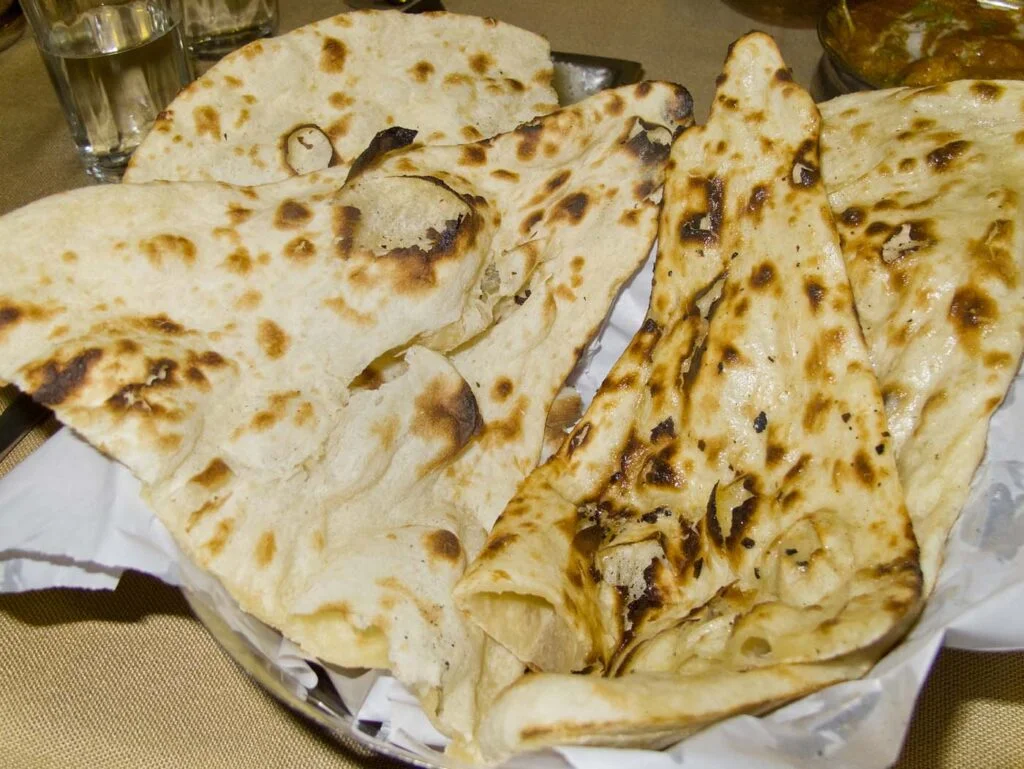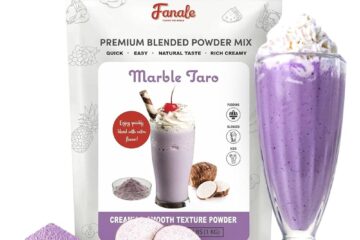From its vibrancy in flavours to the variety of ingredients used, and not to forget—a range of breads—Indian cuisine has so much to offer.
From soft, fluffy naan to crisp, flaky paratha, Indian breads come as an inseparable part of this country’s culinary customs. These breads turn out not just to be perfect companion pieces for the innumerable curries, gravies, and chutneys that truly form the heart of Indian meals but also embody cultural importance on their own. It’s no surprise that you can enjoy them in almost any Indian Restaurant around the world.
This is the ultimate guide to Indian breads, explaining the different types, their origins, how they are prepared, and some tips on how to enjoy them at their best.
The Foundation: What Are Indian Breads?
They are flatbreads, either leavened or unleavened, baked in a tandoor (a traditional clay oven), on a griddle (tava), or fried. The basic material for all types of bread is wheat flour; however, regional variations also use maize, millet, or rice flours. In contrast to Western breads, which are basically baked, Indian breads are prepared on the stove or over an open flame. This method of cooking gives them a variety of textures and flavours.
Naan: Tandoori Delicacy
Naan is perhaps the most famous Indian bread around the globe and can be found almost anywhere, even in an Indian Restaurant in Niagara Falls. Traditionally cooked in a tandoor for that characteristic smoky flavour with blackened spots, this is a leavened flatbread. The dough for naan usually contains all-purpose flour, yeast, and yogurt; sometimes milk or eggs are used to enrich it. It is often brushed with butter or ghee before serving—the popular ones are topped with garlic or herbs, or stuffed with fillings like minced meat or paneer.
Roti: The Everyday Essential
Roti or chapati is the staple of each Indian household. This round, flat bread is made from whole wheat flour, known as atta, and water. It is then baked on a hot tava till it puffs up. The roti is then served just plain or brushed with ghee to add some flavouring. It is definitely one such versatile bread that goes with almost all Indian dishes, starting from dal (lentils) to vegetables and curries.
Paratha: the Layered Wonder.
Paratha is a rich, flaky bread that can hold many types of fillings, like potatoes, cauliflower, or paneer. The basic concept for it is dough wrung from whole wheat flour and layered through repeated folding of the dough over some ghee or oil before it is cooked. Parathas are pan-fried until they turn golden and brown on a tava. They are used as accompaniments to yogurt, pickles, or a side of curry.
Puri: The Puffy Perfection
Puri is a small, round bread that deep-fries until puffed into a golden, crispy ball. It is basically an unleavened bread prepared with whole wheat flour, water, and a pinch of salt. Puri is mostly used at festivals or served during breakfast as part of special cuisine with chole (spiced chickpeas) or aloo bhaji. Crisp and light, it has been loved by people of all age groups.
Bhatura: The Giant Cousin of Puri
Bhatura is like puri but of bigger size and made by fermenting the dough, which gives it a bit of sweetness. It’s a popular companion to chole, in particular. Bhatura comes from wheat flour and yoghurt, just deep-fried till light and puffed up. Its tender, fluffy texture is divine to eat.
Regional Varieties: A Charter in the Bread Spectrum
The breads of India are as varied as the country’s different regions, reflecting what is available in the area and local traditions. In Western Gujarat, spiced flatbread with fenugreek leaves makes for a far-from-everyday meal called thepla.
In the South, staples include dosa and appam—fermented crepes pieced together from rice batter and black lentils, frequently served up with coconut chutney and sambar.
Then there’s luchi—flaky like puri, deep-fried, but made out of refined flour in the eastern region.
Tips to Make Indian Breads at Home
Starting to make Indian bread at home can be quite satisfying, but definitely requires practice to perfect the techniques. Here are just a few bits of advice to get you started:
- Use fresh ingredients: Make sure your flour is always fresh, and the yeast or baking powder in your cabinet isn’t past the expiration date.
- Knead well: If the dough is kneaded well, then yeast works satisfactorily in it. When that is the case, there will be activation of gluten to give bread its elasticity and soft texture.
- Rest the dough: The reason for resting the dough after working it for the set time is to allow the development of flavours and make the process of rolling easy.
- Cook at the Right Temperature: Whether you bake in a tava, tandoor, or frying pan, make sure it is hot enough to cook the bread quickly. Heat will help the dough cook properly and give it the desired texture.
How to Relish Indian Breads
Indian bread are a versatile food item that can be had with a host of things. They can be relished with your favourite curries, a scoop for daal, or just with a dollop of butter or jam for a simple snacking purpose. Most Indian breads can function as an envelope or base for a lot of fusion dishes—such as stuffed naan sandwiches or paratha rolls.
Conclusion
Indian breads, in reality, hold more essence than being just meal accompaniments; they reflect the rich tapestry of India’s culture. There is a story behind every form, and each preparation comes with its unique flavour that adds depth to the dining experience of India. Whether savoured in the comfort of the simple roti or indulging in a buttery naan, perhaps the world of Indian bread has something for everyone.



